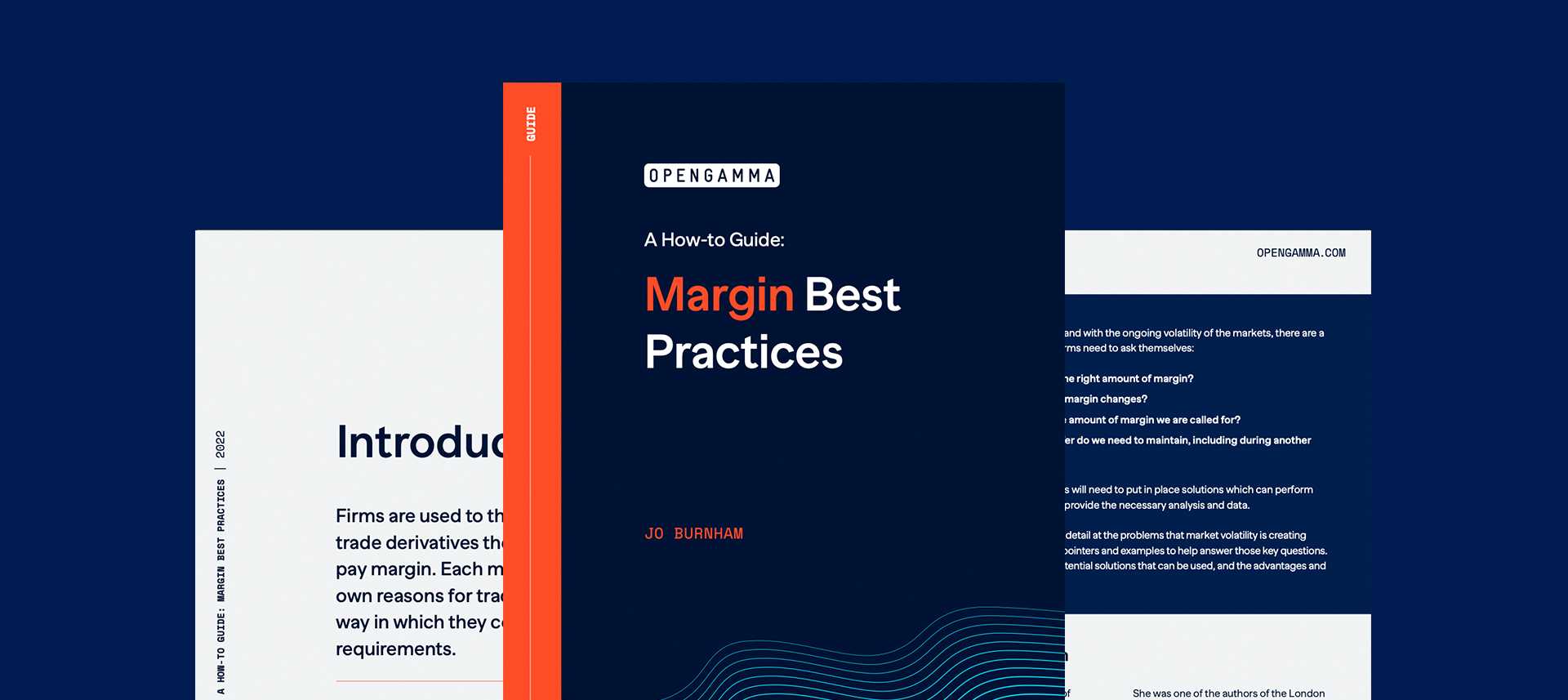It’s not that long ago that interest rates were at record lows, with rates for many currencies near zero. But recent events, such as the supply issues during the aftermath of Covid and the Russian invasion of Ukraine, fueled inflation. This led to central banks increasing rates in an attempt to bring inflation down to acceptable levels.
During the period of low interest rates, that had been around since 2008 and therefore seen as the norm by many in the industry, it was cheap to borrow money. This meant that funding of margin wasn’t usually considered.
But now we are seeing the return of the “idleness penalty”. Balance sheets have changed and it is affecting both inventories and trade flows. There is a move away from idle resources and a general deleverage in the industry. There is not only less borrowings on the balance sheet, but also less assets, with more focus on credit profile and return on assets seen as a priority.
From the Banks’ perspective, they are seeing less utilisation and therefore less profitability. This has led to some concern around the viability of the bank commodity lending offerings, because the profitability is so low. This is tolerable at present when it is hard for the bank to deploy money in other areas, such as capital markets or M&A. There is more regulation on the way with the introduction of Basel 4 alongside sustainability pressure, which may mean that the commodity financing business has to change significantly over the next few years.
It is likely that the era of cheap money may be gone forever because the return hurdles for the commodity business are going to be high. Other sources of financing are being explored by traders. As larger banks do not want to finance the smaller firms they are turning to the larger traders for financing. Alternatively they are considering the use of regional bank financing, something that has been available for a while in the US, but now available globally.
Firms are also considering non-bank financing as a backup, for example receivables finance or insurance companies. They are looking to these sources in place in case of stressed markets.
The end of cheap money means that firms need to exhibit both flexibility and discipline when it comes to covering their margin requirements. They need to ensure that they have the liquidity needed to fund the business. This requires flexibility to size the liquidity facilities appropriately so they can cope with any return of volatility. But with costs of funding rising, firms need to be disciplined and keep margin costs to a minimum.
Flexibility
In the past few years, money was cheap but not having access to money was very expensive because in an emergency firms had to throttle back volumes or sell-off positions. This means that right-sizing facilities is super important. Because of the costs and the availability of facilities, bifurcation has happened in the market. Whilst larger players have adapted, middle or smaller players are less flexible. They have less headroom in liquidity and therefore fewer choices.
The new market environment has led to a change in practices, with a complete mindset shift. Previously liquidity was not seen as a problem so firms had large buffers. Now practices are more bank-like when it comes to liquidity management:
- They need to be more technology oriented
- They need to perform stochastic stress-testing of liquidity requirements
- This simulation needs to cover the entire balance sheet and all portfolios
- And it needs to be run everyday
Historically, clients relied on banks to be reactive to their needs, but that reactivity and flexibility is no longer available. Not everyone is going to be able to lend you money within 3 days just because you ask for it, often because they do not necessarily understand the volatile nature of your liquidity requirements.
We are in a period where the volatility is bound to come back, especially considering the current geopolitical situation and the impact of climate change. And with the moves towards a green economy, if you are trading power contracts, renewable energy inherently creates volatility.
There are ways that you can shift risk around between market, credit and liquidity risk to become less cash-sensitive to price volatility, and therefore achieve a more efficient balance sheet. Traders are sitting on large piles of cash and are happy to just earn interest on it, but they are still implementing practices to manage tail risk. Banks are being careful with structured Letters of Credit, picking the clients they make these available for very carefully.
All this means that stress testing as a tool to size liquidity buffers and provide the required flexibility is now one of the most important things that firms should do. They need to look at all areas that can impact their liquidity requirements, including Initial and Variation margin. And they also need to consider the stress scenarios that they feel are most appropriate given their situation and risk appetite, including running both historical and theoretical scenarios.
Discipline
The end of cheap money also impacts how firms trade. They need to make sure that discipline is being applied to trading decisions that impact margin:
- Pre-trade firms should simulate margin calculations to determine the best place to trade to minimise requirements, for example by choosing an alternative venue or trading OTC.
- Post-trade firms should endeavour to reduce margin by rebalancing their positions on an ongoing basis, looking at alternative trades that keep risk unaltered or potentially choosing to remove hedges to shift the balance between market and liquidity risk.
- Firms should allocate cost by attributing margin to desks and traders, using this as a tool to encourage best behaviour.
In general there needs to be greater financial discipline across the board. Allocating capital risk and costs should be seen as standard, making sure that “true” profits are known.
Incentivising traders to make optimal use of liquidity can be more complex than initially thought. It begins with realistic measurement of funding and balance sheet usage, including working capital and contingent funding. It’s also important to make sure that there are no unintended consequences of any methodology selected, penalising those whose role would be expected to lead to higher margin requirements.
And this discipline in margin consumption should also feed into the flexibility required to continue conducting business in volatile markets. Traders need to help define the stress tests to be run as it is in their interest to make sure that the firm has the capital required for them to conduct their trades.
Conclusion
2022 was a near-death experience for a number of firms as they almost ran out of liquidity. Post 2022, the world has changed, and although larger firms have secured large amounts of financing, the higher interest rates significantly increased costs.
This has forced a change in mindset in the way firms manage liquidity. Nobody wants to be caught in the way that some commodity firms were two years ago, not having sufficient liquidity to run their business. They need to embrace flexibility and discipline:
Flexibility – firms need sufficient liquidity to handle times of high volatility. They can determine this through stress-testing liquidity requirements: working out how much contingent funding is required for the portfolio.
Discipline – capital is now expensive so firms need to make sure that you are deploying it intelligently, putting every dollar to work, including optimising margin levels.
The end of cheap money means that firms need to prioritise margin management, putting in place the tools required to ensure that they minimise their costs to enhance returns and don’t run into liquidity issues.




